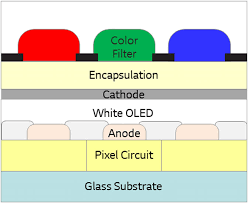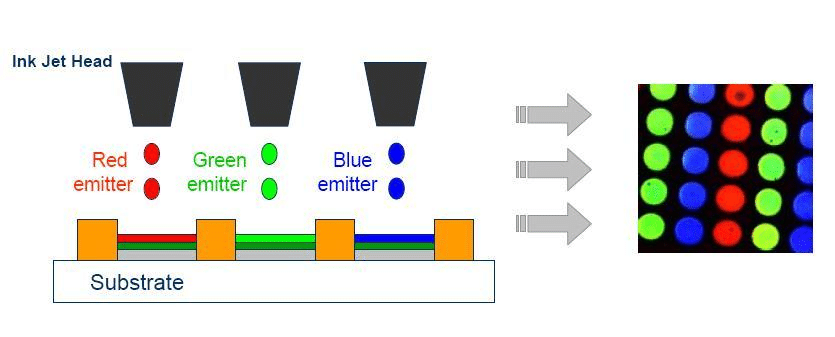JOLED Goes Commercial
JOLED’s OLEDIO™ line of displays range from 10” to 32”, and while JOLED has been producing a 21.6” display used in medical monitors on a trial basis since 2019, the new line will be a full production mode and will start mass production with three 4K models ranging from 22”, 27” and 32”. LG Electronics (066570.KS) is already using the 27” and 32” JOLED panels in its (Coming Soon) 2021 OLED monitor lineup, which is quite surprising considering it subsidiary LG Display (LPL) is the largest producer of OLED displays globally. That said, LG Display is likely running close to full capacity on its OLED TV production lines and is not set up for panels smaller than 48”. JOLED did provide a limited number of 21.6” IJP displays to Japanese monitor producer Eizo (6737.JP) from its pilot line in late 2019 but does not seem to be currently available.
The LG OLED monitors that use the JOLED displays cost $2,997 and $3,996, putting them at the high end of the monitor pricing spectrum, close to what are called ‘reference monitors’ that are used in video production for their ability to accurately reproduce colors, with these monitors covering 99% of the DCI-P3 standard used by the US film industry. The displays themselves are considered ‘bright’ at 540 nits (peak - typical LCD TVs are ~350 nits) but eventually will have to compare against mini-LED displays that can run up to 2,000 nits peak.
The most important part of the JOLED story is that they are using ink-jet printing to deposit the OLED emitting materials using an RGB patterning system, the same as used in OLED smartphones. Since the patterning of OLED materials using standard deposition methods must be done through a fine metal mask to create individual colored sub-pixels, there are limitations as to the size of those masks, as despite the very rigid materials they are produced with, they begin to sag when they get too large. This causes the RGB process to be limited to relatively small panel sizes. LG Display circumvents this problem by using a different method to make large OLED TVs, coating the entire panel surface with a combination of blue fluorescent emitter and yellow/green phosphorescent emitter, which produces a white light. That light must pass through a color filter, similar to those used in LCD TVs, which reduces the brightness, as 2/3 of the white light must be filtered to produce a single red, green, or blue color dot.
Ink-jet printing however allows for the direct placement of ‘drops’ of a particular color emitter to be placed on the substrate and therefore does not use a color filter, with no limitation on size of the substrate. That said, Ink-jet printing has its own issues, particularly that the OLED materials must be in solution in order to pass through the printing heads. This can mean that the materials have to be refined or recreated to work with a solvent without limiting specifications, such as life time. In order to place the droplets correctly, the substrate needs to be pre-treated to create ‘wells’ to hold the droplets until they cure, which adds cost and complexity to the process. On an overall basis however, the ink-jet process should be a less expensive system for OLED deposition and JOLED certainly has been a pioneer and the first to actually commercialize the process. If JOLED can prove that the process is commercially viable, they will have taken a large step toward the improvement of display technology, particularly large panel RGB OLED production.




 RSS Feed
RSS Feed